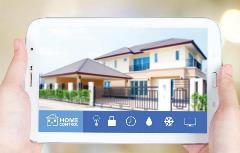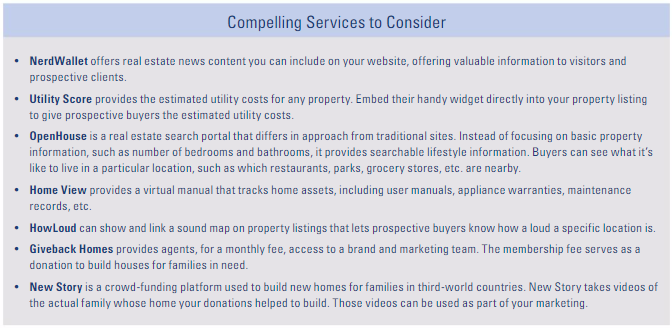Bringing Innovation, Technology from Dream to Realtor® Reality
For four days every January, real estate professionals gather in New York City to hear speakers and panelists discuss new technology affecting the industry, as well as what’s coming up just over the horizon. This year’s Inman Connect, the 20th such gathering, even included discussion of a planned one-way trip to Mars!
The top three technologies impacting real estate now, according to the speaker lineup, are “Smart Homes,” virtual reality and predictive analytics, also known as big data. The effects of big data are already clear, with firms such as Smart Zip providing predictive search results, and the National Association of Realtors® creating an entire new Predictive Analytics group to help translate the volumes of data NAR has into useful information for members.
Currently 65 percent of home shoppers are asking about Smart Home technology, according to Sean Blankenship, chief marketing officer with Coldwell Banker. It is estimated that almost half of all homes will have some type of Smart Home technology in 2016, in the form of TVs, entertainment systems, thermostats, lighting and/or security.
Chad Curry, managing director of NAR’s Center for Realtor® Technology, offered a futuristic look at new technologies that could soon become commonplace in homes and neighborhoods.
The Internet of Things refers to the rise of Smart Home technology and the eventual connection of many household objects to the Internet, allowing those objects to send and receive data.
The Array of Things offers a fascinating glimpse of “Smart City” infrastructure, with Chicago serving as a test hub. Soon the Windy City will have 500 city-wide data-gathering tools. Sensors will help researchers measure and understand environmental factors affecting residents, and allow the implementation of programs to address negative impacts to overall quality of life.
Curry shared sensors the size of a grain of sand that could be placed anywhere, such as windows or even the paint in the walls. The instruments can measure and control temperature, humidity, lighting, security, and even check for health issues such as dust and mold. This information could eventually be used to auto-populate real estate listings with sensor data.

Non-traditional Zero User Interface (Zero UI) methods of interacting with devices, such as wearables (VR), touch (phones), gestures (Kinect), and voice (Amazon Echo) are becoming more commonplace, he explained.
Curry also discussed renewables and new ways to power the modern home. While solar technology is currently expensive, companies are working on making it cheaper, smaller, and easier to install by embedding panels in existing structures, such as roof shingles, or even manufacturing window glass to act as solar panels. Curry advised attendees to keep an eye out for solar home batteries from Orisin Energy.
Drones and 3D home modeling were also discussed during the conference. While much will depend on FAA regulations as the laws catch up to the technology, the use of drones is predicted to be standard real estate marketing practice within a year or so.
Currently virtual reality (VR) is more of a novelty as opposed to a true value add. As VR becomes more mainstream and affordable, with devices such as the Oculus Rift, Samsung Gear VR, and Google Cardboard, this accessibility will start allowing expanded opportunities for uses of 3D cameras such as Matterport. Just don’t go looking into purchasing that new VR headset immediately!
The main Inman Connect message: don’t be afraid of technology; embrace it. Technology will never replace the agent, but being aware of what’s available, utilizing those technologies, and adapting with the industry will help separate you from your competitors. Don’t be left behind!

Shawn Hanna is the NVAR Director of Technology Initiatives